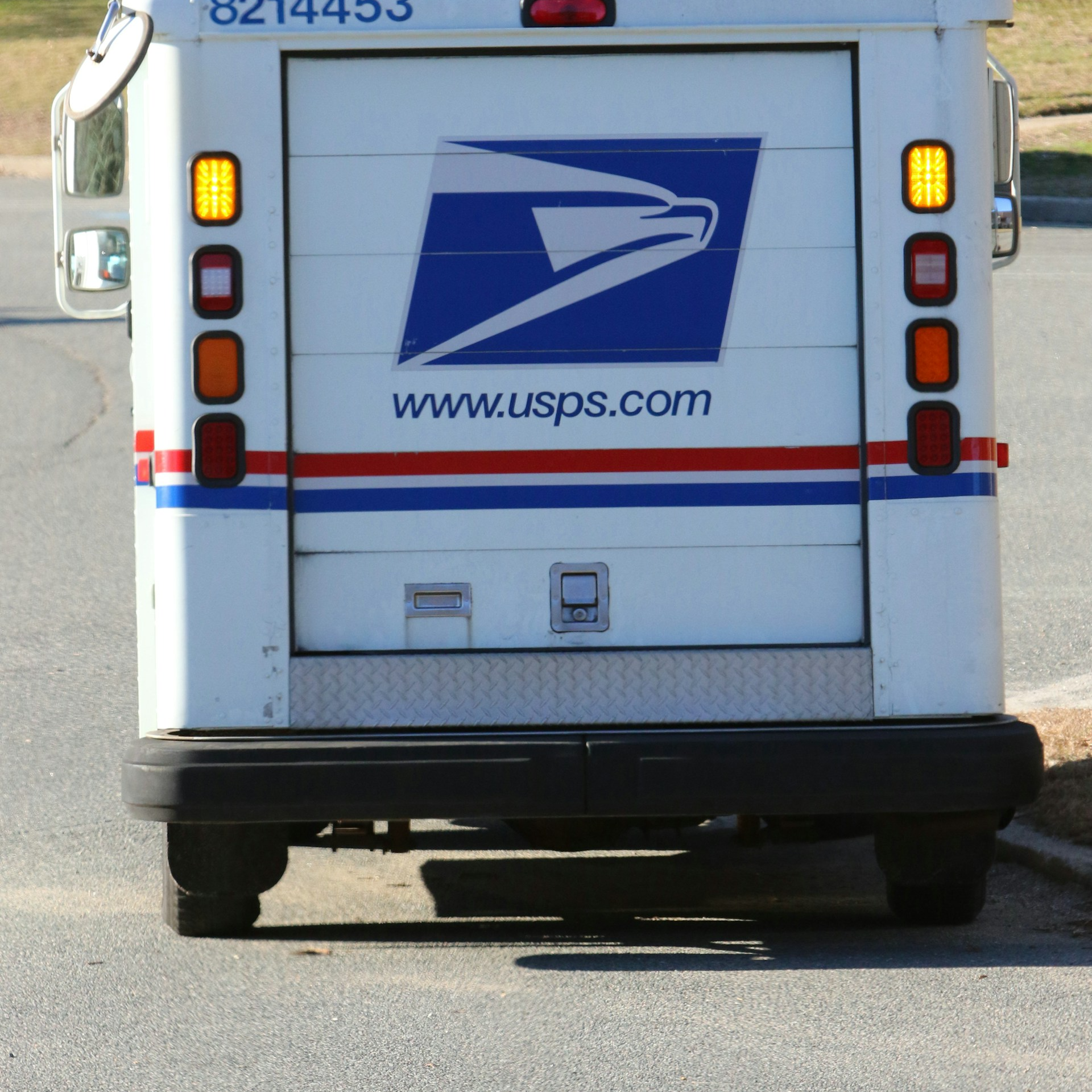Key Takeaways
-
Understanding the key aspects of the Postal Service Health Benefits (PSHB) program can help you make informed decisions about your health coverage during the 2025 Open Season.
-
Careful comparison of plan features, including costs, coverage, and additional benefits, is essential to selecting the right PSHB plan for your needs.
Making Sense of PSHB: Why Your Choice Matters
The Postal Service Health Benefits (PSHB) program is a vital component of your overall healthcare strategy. As a postal employee or annuitant, you now participate in this tailored health benefits system designed to meet your unique needs. Whether you’re selecting a plan for the first time or reevaluating your current coverage, understanding the details is critical. The 2025 Open Season offers the perfect opportunity to review and adjust your PSHB coverage. With so many options available, taking the time to fully understand the benefits and trade-offs of each plan ensures that you can make the most of your healthcare investment.
Open Season Timeline: Don’t Miss It
Open Season for the 2025 PSHB program ran from November 11 to December 9, 2024. During this period, you could:
-
Enroll in a PSHB plan if you were not already covered.
-
Change your current plan if it no longer met your needs.
-
Update your coverage to include eligible family members.
This annual window was the only time most employees and annuitants could make changes, apart from Qualifying Life Events (QLEs). Missing this period in 2024 meant being locked into your current plan for the entirety of 2025, unless significant life changes occurred. Given its importance, many postal workers took time during this critical phase to review changes in benefits, premiums, and other plan features that had shifted from previous years.
Outside of Open Season, changes are limited to QLEs, such as marriage, birth, or retirement. It was crucial to act within this window to avoid being locked into a plan that may not work for you, ensuring that your healthcare aligns with your needs and budget.
Understanding the PSHB Basics
The PSHB program replaced the Federal Employees Health Benefits (FEHB) system for postal workers and annuitants. Here are the key elements:
-
Eligibility: All postal employees, annuitants, and their eligible family members can participate.
-
Medicare Integration: If you’re Medicare-eligible, you must enroll in Medicare Part B to retain PSHB coverage unless you qualify for certain exemptions.
-
Government Contribution: The government covers a significant portion of your premium costs, reducing your out-of-pocket expenses.
-
Prescription Drug Coverage: Medicare-eligible participants automatically receive enhanced prescription benefits through a Medicare Part D Employer Group Waiver Plan (EGWP).
These fundamental components were designed to simplify healthcare for postal employees and retirees, offering tailored benefits while ensuring robust integration with Medicare for those eligible. In 2024, many participants had to familiarize themselves with these changes to transition seamlessly into the PSHB system.
Weighing Your Coverage Options
Plan Types and Coverage Levels
The PSHB program offers a range of plans to suit different needs. These include options with varying levels of:
-
Deductibles: The amount you pay before your insurance kicks in.
-
Out-of-Pocket Maximums: The most you’ll spend in a year on covered services.
-
Coinsurance and Copayments: Your share of costs for medical services and prescriptions.
Plans also differ in their networks, so check if your preferred doctors and facilities are included. Network limitations could significantly impact your convenience and costs if not carefully considered.
Balancing Costs and Benefits
It’s important to weigh the overall cost of each plan, including:
-
Monthly premiums.
-
Annual deductibles.
-
Coinsurance and copayments.
-
Out-of-pocket maximums.
Lower premiums might seem attractive, but they often come with higher out-of-pocket costs. Consider how much healthcare you typically use to find the best balance. For instance, those with frequent medical appointments or ongoing prescriptions might benefit more from plans with higher premiums but lower deductibles and copays. Balancing these aspects ensures that your plan is cost-effective and fits your healthcare usage patterns.
The Role of Medicare in PSHB
If you’re eligible for Medicare, integrating it with your PSHB coverage can provide comprehensive benefits and reduce costs. Here’s what you need to know:
-
Part B Enrollment: Medicare-eligible annuitants and their family members must enroll in Part B to keep their PSHB coverage unless exempt.
-
Cost Coordination: Many PSHB plans offer Part B premium reimbursements and waive deductibles for Medicare enrollees.
-
Prescription Savings: Through the EGWP, Medicare-eligible participants enjoy substantial savings on prescription drugs.
This integration can maximize the value of your health benefits, reducing out-of-pocket expenses while ensuring seamless coverage. In 2024, retirees who had not previously enrolled in Part B were faced with decisions about the cost and benefits of adding Medicare to their health plan, making it a pivotal year for understanding this requirement.
Navigating Prescription Drug Benefits
Your PSHB plan includes robust prescription drug coverage. For Medicare-eligible participants, this is enhanced through the EGWP. Here’s what you get:
-
No Donut Hole: The introduction of a $2,000 out-of-pocket cap eliminates the coverage gap.
-
Spread Costs: You can opt for the Medicare Prescription Payment Plan, allowing you to pay out-of-pocket expenses in manageable monthly installments.
-
Wide Formularies: Most plans cover a comprehensive list of drugs, but check the formulary to ensure your medications are included.
Prescription drug costs are a significant concern for many retirees. These enhancements in 2025, especially the $2,000 cap, represented a major shift aimed at protecting participants from financial strain.
Supplemental Benefits: More Than Just Healthcare
Many PSHB plans offer additional perks beyond traditional medical coverage. These can include:
-
Dental and Vision Coverage: Routine exams, cleanings, and corrective lenses may be covered.
-
Hearing Aids: Some plans include hearing aid benefits.
-
Wellness Programs: Access to fitness programs and telehealth services can help you maintain your health proactively.
These extras can significantly enhance the overall value of your plan. In 2024, participants were encouraged to evaluate these supplemental benefits when choosing their plans, as they often provide services that would otherwise require out-of-pocket spending.
Tips for Choosing the Right Plan
1. Assess Your Healthcare Needs
Think about your recent healthcare usage and anticipated needs for the upcoming year. Consider factors like:
-
Frequency of doctor visits.
-
Chronic conditions requiring ongoing care.
-
Planned surgeries or medical procedures.
-
Prescription drug requirements.
2. Use Available Tools
Take advantage of online comparison tools provided during Open Season. These can help you evaluate plans side-by-side based on costs, coverage, and benefits.
3. Review Plan Details Carefully
Look beyond the premium. Pay attention to:
-
Provider networks.
-
Coverage limits.
-
Prescription formularies.
-
Out-of-pocket costs.
4. Don’t Forget Family Needs
If you’re covering family members, make sure the plan meets their healthcare needs as well. Family-focused options can vary significantly in their coverage, so it’s worth double-checking that dependents’ medical needs are fully addressed.
Staying Informed: Resources to Help You Decide
Annual Notice of Change (ANOC)
Each year, your plan sent an ANOC detailing any changes to premiums, coverage, or benefits. Reviewing this document closely in 2024 was essential to see how your plan would differ in 2025. Small changes in costs or benefits could significantly impact your experience if not accounted for.
Customer Support
Reaching out to plan representatives or HR specialists in 2024 could clarify plan specifics and help you make an informed choice. These professionals provided invaluable assistance in navigating the complexities of the PSHB program.
Online Plan Comparisons
The PSHB website’s comparison tool in 2024 allowed exploration of options. Filtering plans based on cost, coverage, and provider networks helped narrow down choices, making the selection process more manageable.
After Open Season: Managing Your Plan
Once you’ve selected your plan, take these steps to maximize your benefits:
-
Confirm Coverage: Ensure your enrollment is correct and you receive your insurance cards.
-
Understand Benefits: Familiarize yourself with your plan’s coverage details and rules.
-
Track Costs: Keep an eye on your healthcare expenses to stay within your budget.
-
Use Preventive Care: Many PSHB plans offer free preventive services, such as vaccinations and screenings.
Wrapping It All Up: Making the Most of Your PSHB Choice
Choosing the right PSHB plan during the 2025 Open Season can feel overwhelming, but taking a thoughtful, informed approach ensures you’ll have the coverage you need. By considering costs, coverage, and additional benefits, you’re setting yourself up for a healthy and worry-free year. Don’t miss this chance to align your healthcare with your personal and financial needs.













